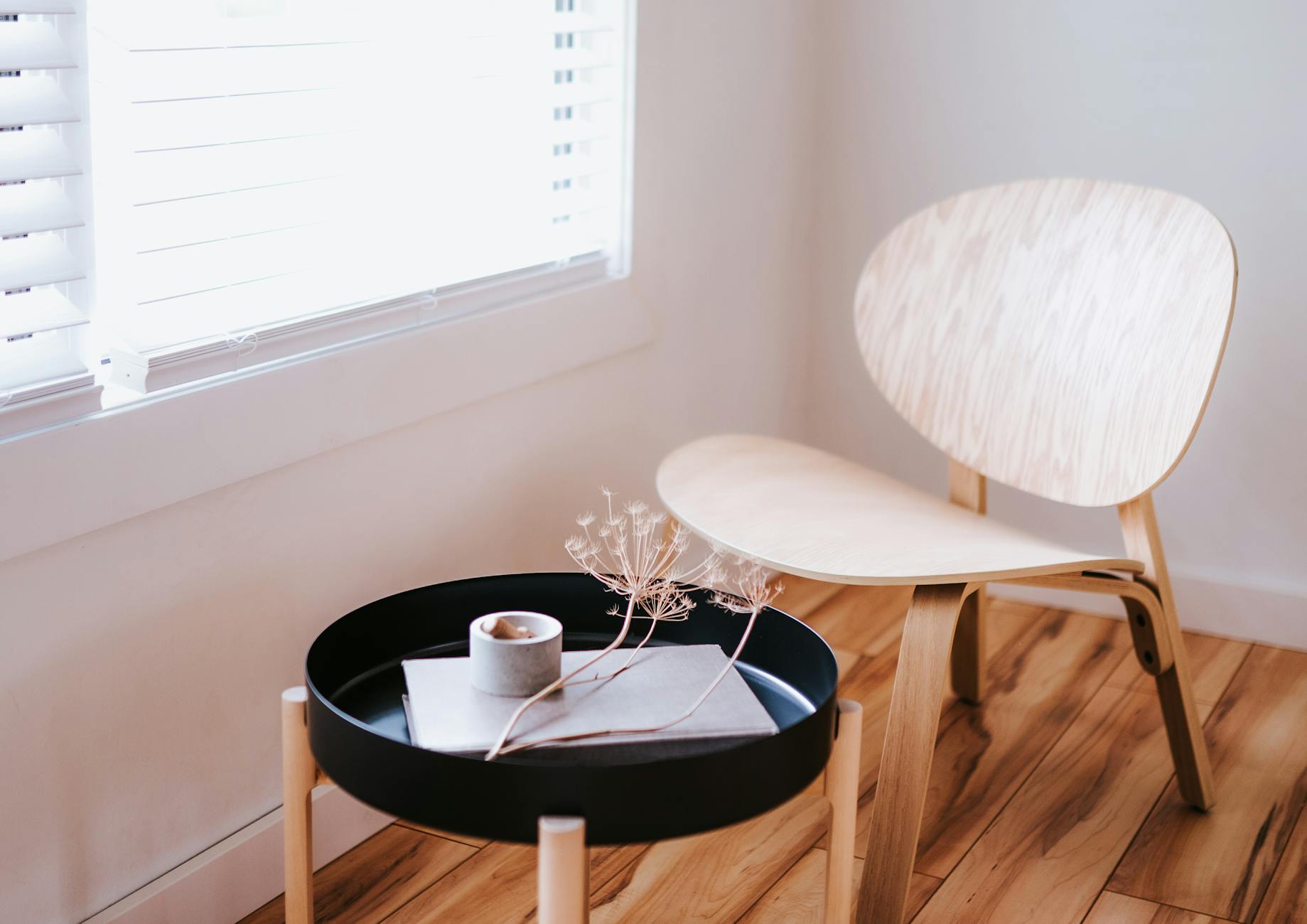We may earn money or products from the companies mentioned in this post. This means if you click on the link and purchase the item, I will receive a small commission at no extra cost to you ... you're just helping re-supply our family's travel fund.
Your living room is more than just a place to unwind—it’s the heart of your home. It’s where conversations unfold, where families gather after long days, and where we often go to recharge our emotional and mental energy. In recent years, there’s been a growing trend toward designing living rooms that do more than just look good. Today, the goal is to create spaces that heal, connect, and reflect who we truly are.

Here’s how to intentionally shape your living room into a space that supports wellbeing, encourages connection, and brings your personal story to life.
1. Design with Emotional Wellness in Mind
Start with comfort. A healing space should promote relaxation and reduce stress. Think soft textures, calming colors, and natural materials. Consider:
- Warm neutrals and earth tones that ground the space.
- Soft textiles like plush throws, linen curtains, or velvet cushions.
- Ambient lighting, which avoids harsh overhead glare and offers adjustable warmth.
These elements can significantly impact mood and encourage a more mindful environment. A calming room provides an antidote to a hectic day, helping you decompress and feel at peace.
2. Prioritize Connection Through Layout
The layout of your living room should support togetherness. Whether it’s family movie night or tea with friends, how furniture is arranged determines whether people feel close or isolated.
- Opt for seating arrangements that face each other rather than just the television.
- Use rugs and lighting to define zones, such as a conversation corner or a reading nook.
- Keep a balance between openness and intimacy so that the room can shift depending on who’s in it.
The right layout invites spontaneous connection and makes it easier to hold space for deeper conversations.
3. Use Personal Elements to Reflect Who You Are
A truly reflective space tells your story. Displaying personal mementos, family photos, travel souvenirs, or artwork you’ve collected over time adds depth and meaning to the room.
- Choose decor with significance, not just trendy pieces.
- Incorporate handmade or vintage items that offer a sense of history.
- Let your room evolve with you—update the space gradually to reflect growth or change.
This personal touch helps ground you emotionally and reminds everyone in the home that they belong.
4. Introduce Nature for Mental Clarity
Biophilic design—the integration of natural elements into interiors—has been shown to reduce stress and boost cognitive performance. To bring the outdoors in:
- Add houseplants for color and air purification.
- Choose furniture or accents in wood, stone, or clay to enhance the organic feel.
- Let in as much natural light as possible and use mirrors to reflect it.
Even a small succulent on a side table can change the energy of a room, making it feel more alive and balanced.
5. Elevate the Space with Texture and Warmth
A healing and connected space isn’t complete without tactile richness. A rug, in particular, can pull a room together while offering comfort, sound insulation, and visual grounding.
Choosing the right rug can transform your living room from simply stylish to truly soulful. Explore a wide range of options with luxury living room rugs that offer both beauty and function. Whether you prefer traditional patterns, rich hand-knotted textures, or contemporary minimalism, the right rug can anchor your space in comfort and connection.
6. Incorporate Mindful Touchpoints
Finally, consider what little rituals or activities bring your household joy and peace. Perhaps it’s a corner for journaling, a tray for tea, or a favorite speaker to play soothing music. The living room should support those quiet, intentional moments.
- Keep books, games, or craft materials visible and accessible.
- Use aromatherapy diffusers or candles for sensory relaxation.
- Add a small meditation cushion or a calming visual, like an indoor fountain or art print.
These micro-features make your space feel more nourishing and aligned with the way you want to live.
Conclusion
Turning your living room into a place that heals, connects, and reflects your essence doesn’t require a massive renovation. You can transform your everyday environment into a sanctuary with thoughtful choices—luxurious textures, calming colors, personal details, and a meaningful layout. By investing in intentional design, you’re also investing in your wellbeing, your relationships, and the story your space tells.
Leave a Reply